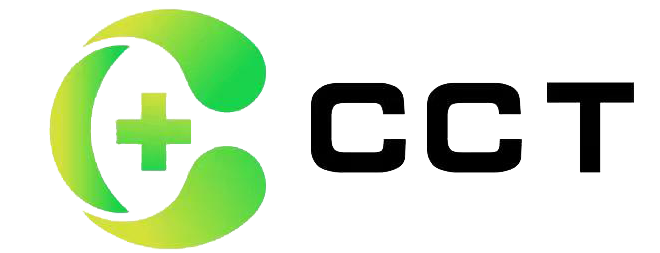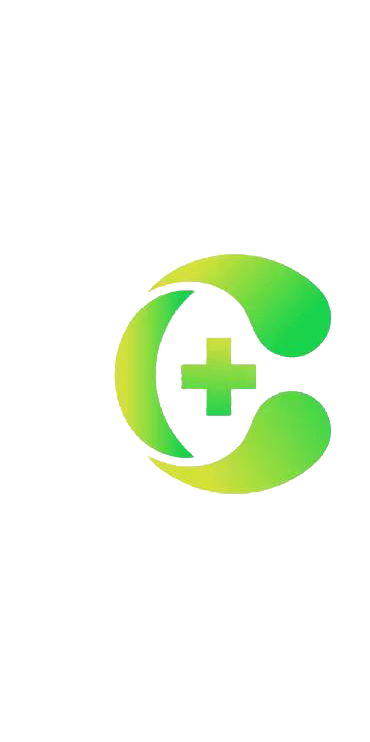How Are Different Patterns Created on Spunlace Nonwoven Fabrics?
Spunlace nonwoven fabrics are widely used in various industries due to their unique properties such as softness, strength, and high absorbency. But have you ever wondered how the intricate patterns on these fabrics are created? Let’s delve into the fascinating process behind the artistry of spunlace nonwoven fabric patterning.
The Basics of Spunlace Nonwoven Fabrics
Spunlace nonwoven fabrics are produced through a hydroentanglement process, where high-pressure water jets are used to entangle fibers, forming a cohesive fabric without the need for binders or adhesives. This method allows for a versatile range of textures and patterns to be achieved.
Pattern Creation: The Role of Hydroentanglement
The key to creating different patterns lies in the hydroentanglement process itself. Here’s a step-by-step breakdown of how it’s done:
- Fiber Web Formation: Initially, a web of fibers is laid down. These fibers can be natural (like cotton) or synthetic (like polyester), or a blend of both. The arrangement of these fibers forms the base of the fabric.
- Water Jet Treatment: The web is then subjected to high-pressure water jets. These jets are directed at the web from multiple angles and through a patterned screen or belt. The pressure and the pattern of the screen or belt determine how the fibers entangle and form a specific pattern.
- Patterned Screens: The screens or belts used in this stage have specific designs etched or embossed on them. As the water jets force the fibers against these patterned surfaces, the fibers rearrange themselves to mirror the design of the screen, thus creating the desired pattern on the fabric.
- Drying and Finishing: After the water jet treatment, the fabric is thoroughly dried. Additional finishing processes, such as calendaring (a process that involves pressing the fabric between rollers), may be applied to enhance the texture and appearance of the final product.
Types of Patterns
The variety of patterns that can be achieved is vast. Common patterns include:
- Geometric Designs: Created using screens with geometric shapes like squares, triangles, or circles.
- Textured Patterns: Achieved by using screens with intricate textures, giving the fabric a more tactile quality.
- Logo or Custom Designs: For branding or specific applications, custom screens can be made to imprint logos or bespoke designs onto the fabric.
Innovations and Trends
With advancements in technology, the ability to create even more intricate and precise patterns has improved. Innovations such as laser-etched screens and digital control of water jet pressures allow for greater customization and complexity in design.
Applications
The patterned spunlace nonwoven fabrics find applications in various fields:
- Medical and Hygiene Products: Such as wipes, surgical gowns, and masks, where patterns can enhance functionality or aesthetic appeal.
- Home Textiles: Including cleaning cloths and upholstery, where patterns add to the product’s visual and tactile appeal.
- Industrial Uses: In filtration, automotive interiors, and more, where specific patterns can contribute to performance characteristics.
Conclusion
The creation of patterns on spunlace nonwoven fabrics is a blend of art and science, involving precise control over the hydroentanglement process and the use of creatively designed screens. This process not only enhances the aesthetic appeal of the fabrics but also contributes to their functional properties, making them suitable for a wide range of applications.
So, next time you see a beautifully textured wipe or a intricately patterned medical gown, you’ll know there’s a sophisticated process behind that seemingly simple piece of fabric!


